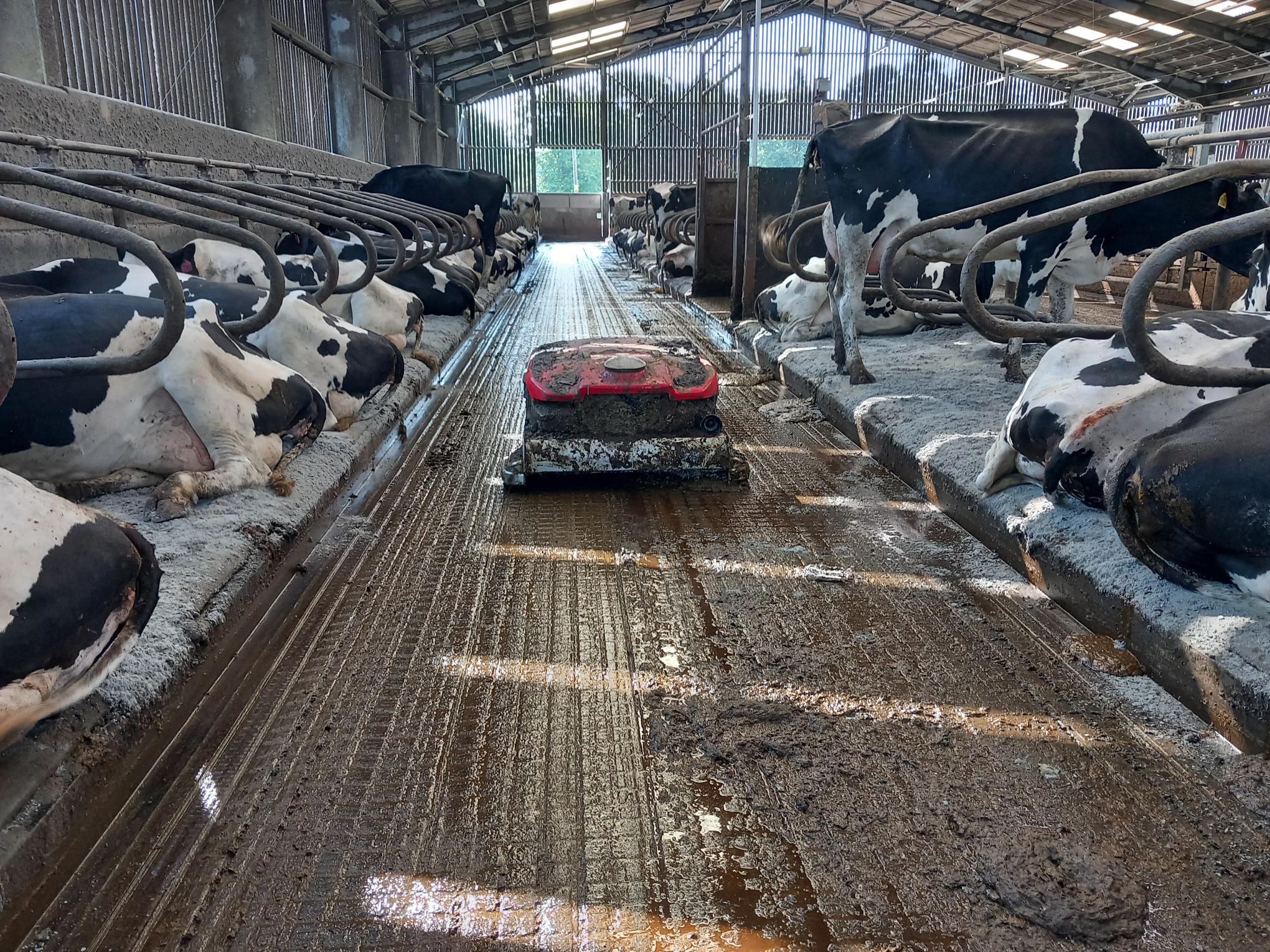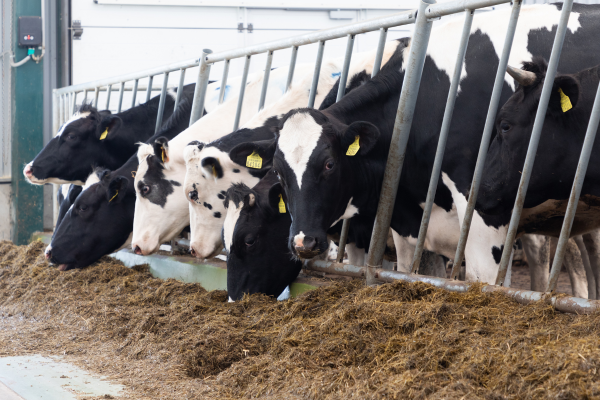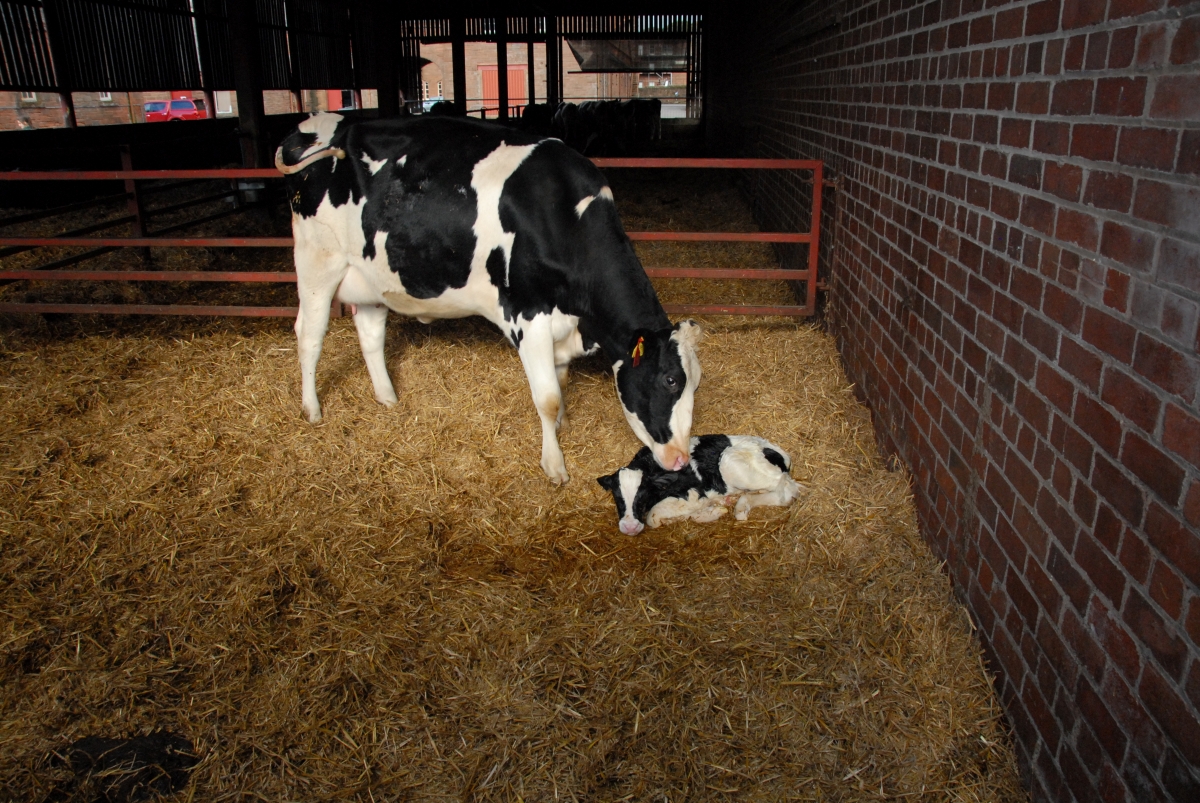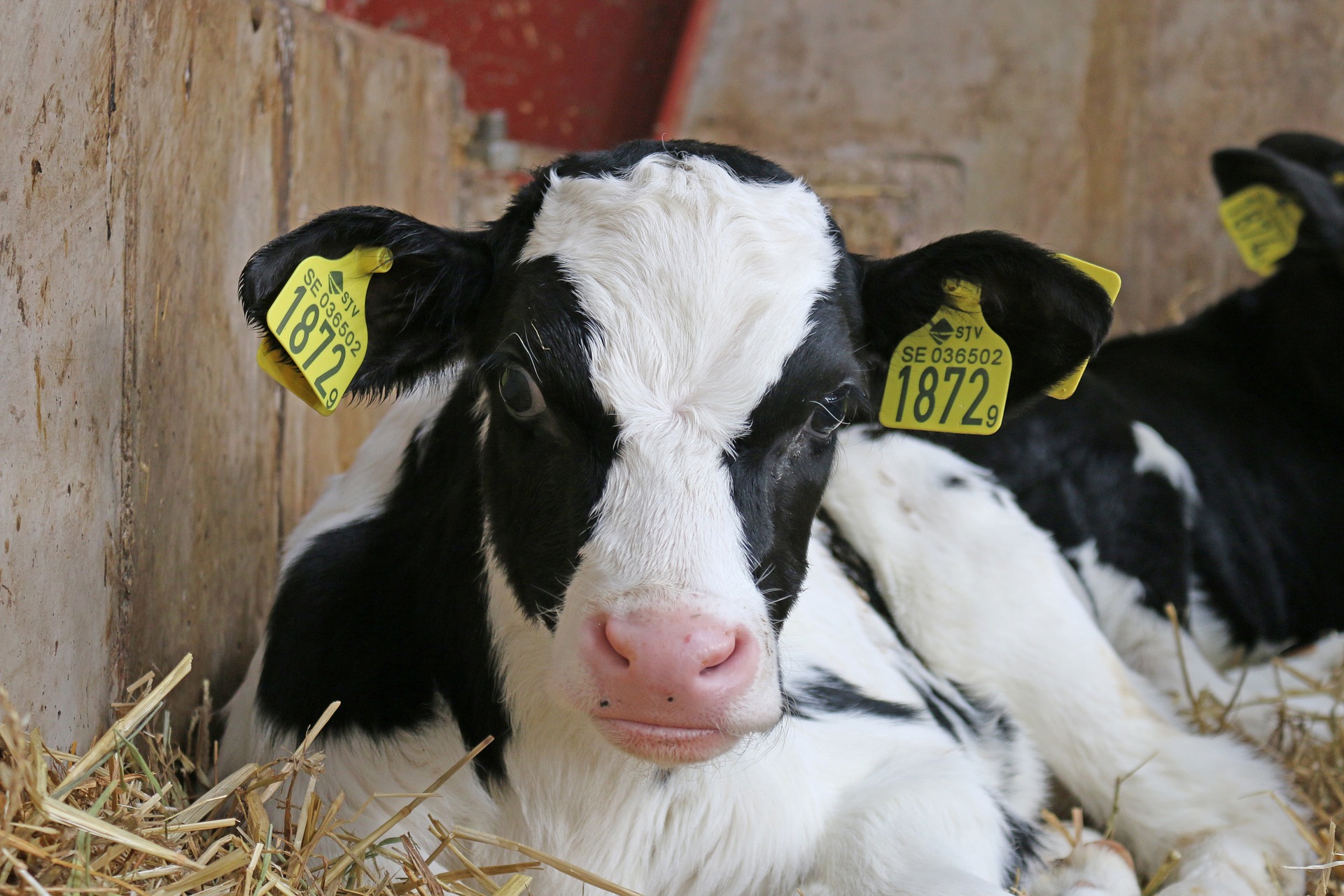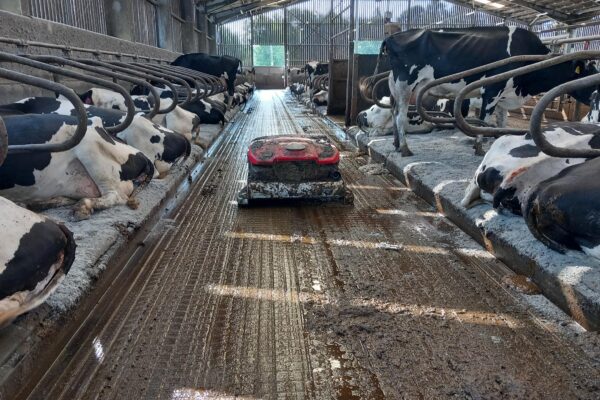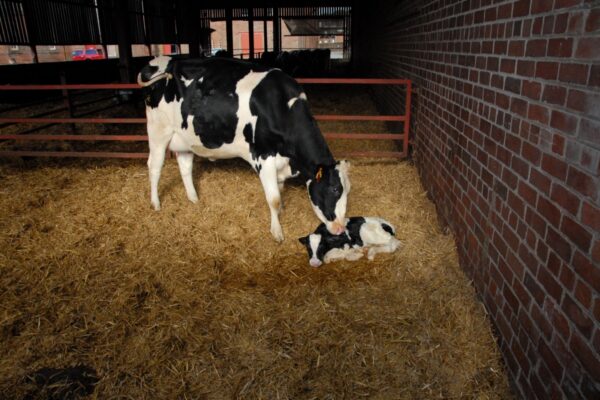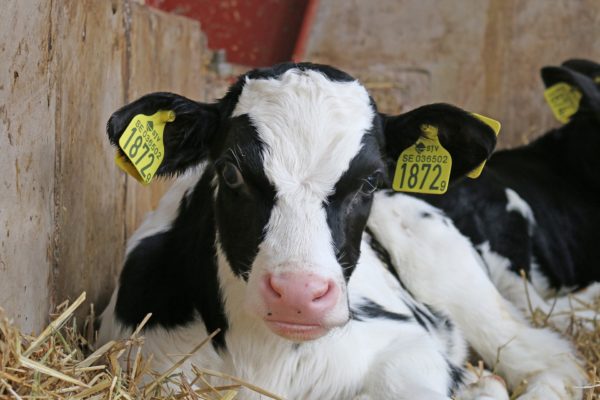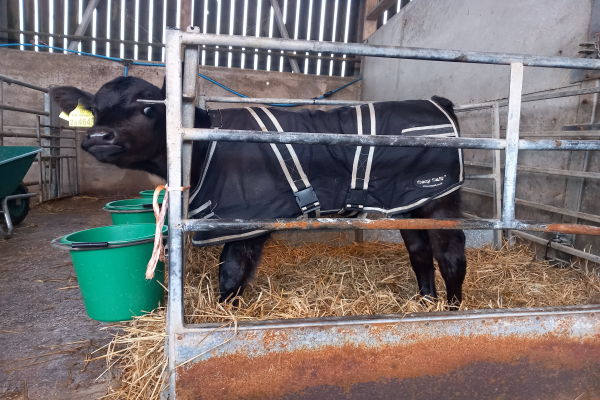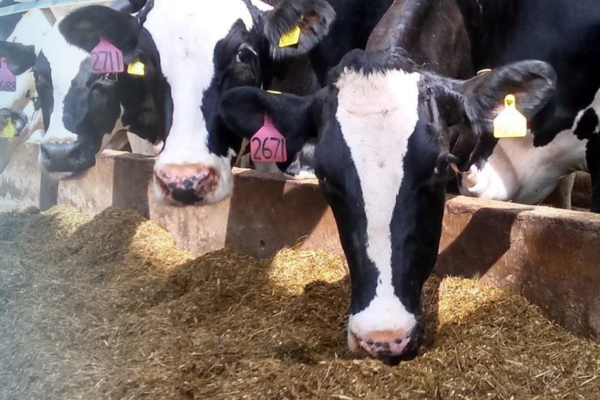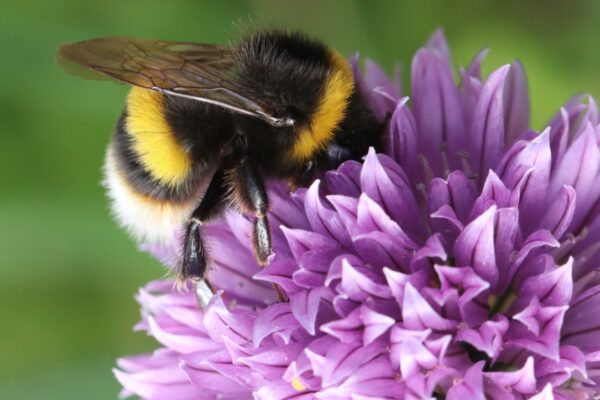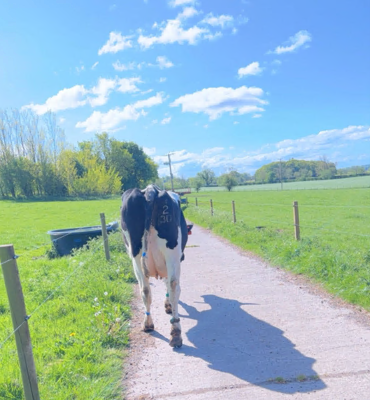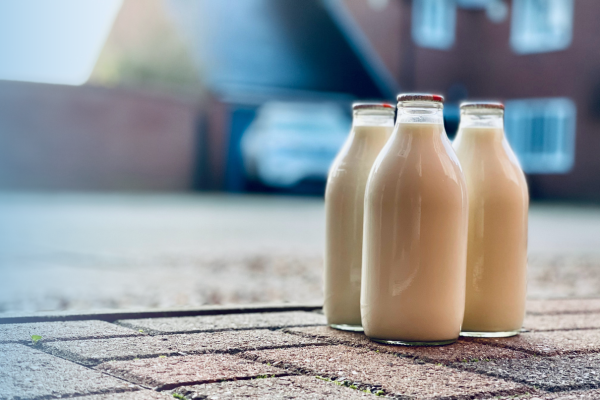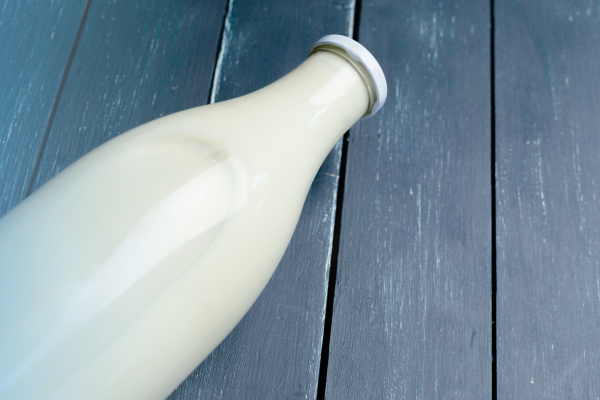Feeding the Milking Herd at Grass – What to Consider?
11 April 2025With many cows now turned out to grass, the science of balancing buffer feeding is tricky when often grass intake and quality is unknown. If you want to know if you are feeding to cow requirements, analysing fresh grass samples throughout the season is useful for your nutritionist to advise on feeding cost-effectively, as well as ensuring protein supplements aren’t overfed, which also has an environmental cost.
Useful resources
There are two good sources of information on grass growth and quality to follow:
- AHDB’s Forage for Knowledge Forage for Knowledge | AHDB
- AgriSearch and AFBI’s GrassCheck GRASSCHECK - Agrisearch
Both sources of information publish weekly data on grass growth rates and quality, including dry matter, metabolisable energy and crude protein content, as well as soil conditions. Data for the end of March from both sources are fairly similar and are shown below:
| Measure | Forage for Knowledge | GrassCheck |
|---|---|---|
| Grass growth (kg DM/ha/day) | 15.6 | 15.9 |
| Dry matter (%) | 21.4 | 23.0 |
| ME (MJ/kg DM) | 12.7 | 12.4 |
| Crude protein (%) | 22.6 | 20.7 |
GrassCheck also publishes a useful prediction of milk from grass, based on a 650kg cow eating 15kg grass dry matter and taking 5.3MJ to produce one litre of milk (assuming around 4% butterfat and 3.3% protein). Current prediction based on grass quality is M+20.7kg milk.
Don't over-estimate
In terms of fresh weight, 15kg of dry matter from grass at 23% dry matter equates a grass intake of 65kg. However, during periods of rainfall, the dry matter of grass can be much lower, even as low as 12% and so cows would have to eat 125kg fresh grass to achieve a 15kg dry matter intake, which is unrealistic. In the early part of the season with a long day length, 90-100kg intake would likely be the maximum, with just M+14kg milk possible. Therefore milk yield from grass will vary considerably based on day length (cows grass less during the hours of darkness) and weather conditions. The key is not to overestimate how much milk grass is supporting and so adjusting the level at which parlour cake is provided over may be required throughout the season, or buffer feed increased accordingly to prevent loss of milk, condition and fertility.
Consider protein levels
Also consider protein levels in feed. With a grass protein content over 20%, a 16% protein parlour cake will be more than sufficient when cows are at grass full time, especially in the early part of the grazing season. Including a small amount of quality bypass protein such as soya or protected rapemeal in the buffer feed will help support yields and compliment the rapidly degradable protein in the grass.
Can you reduce protein supplementation?
Keeping an eye on milk urea levels can help gauge whether there is scope to reduce protein supplementation. If milk urea is over 0.03% or 300mg/l then there is likely excess rumen degradable protein in relation to available energy in the rumen. Much of this excess is down to the nature of the grass and is not always easy to balance but there may be the potential for cost savings. While starchy, high-energy cereals will provide rumen available energy to help utilise excess protein, there can be the risk of SARA (sub-acute ruminal acidosis) at grass with its low fibre and high sugar content. If you suspect SARA, swapping some cereal in the buffer feed for high fibre sources such as sugar beet pulp or soya hulls can help. They should also be more beneficial for butterfat. High fibre, low starch cakes can also be fed to support butterfat levels at grass.
Supplementation
Lastly, don’t forgot about mineral supplementation, especially magnesium for staggers prevention. Some cake manufacturers increase the magnesium content in summer cakes for this reason. If unsure, ask your supplier about mineral requirements at grass. If feeding a mineralised cake and another source of minerals e.g. from a bagged supplement or mineralised blend, then magnesium supply is likely sufficient but it’s worth a conversation, especially if staggers has been an issue in the past on your farm.
Lorna MacPherson, lorna.macpherson@sac.co.uk
Sign up to the FAS newsletter
Receive updates on news, events and publications from Scotland’s Farm Advisory Service


